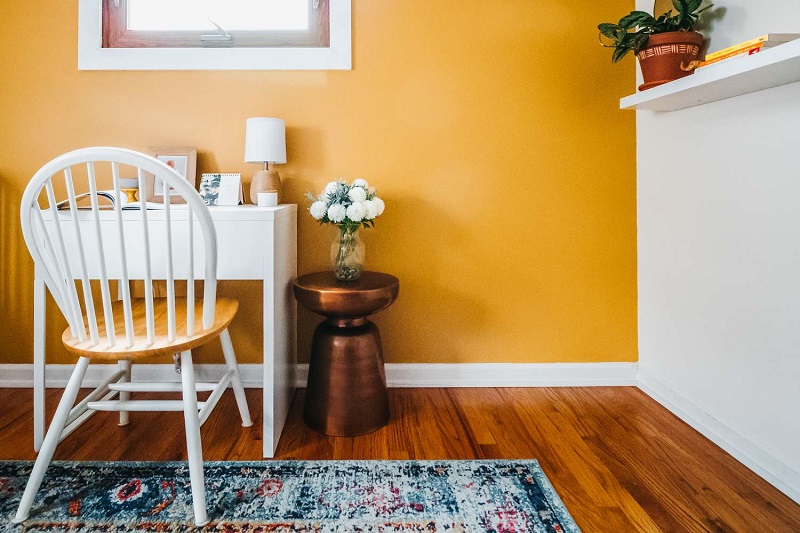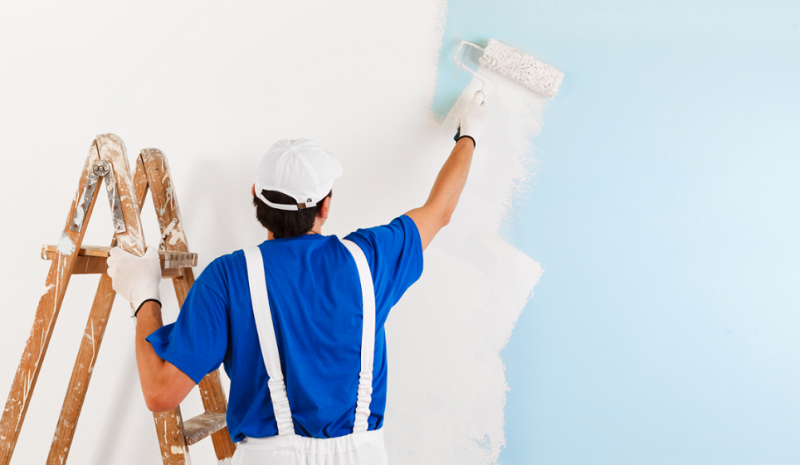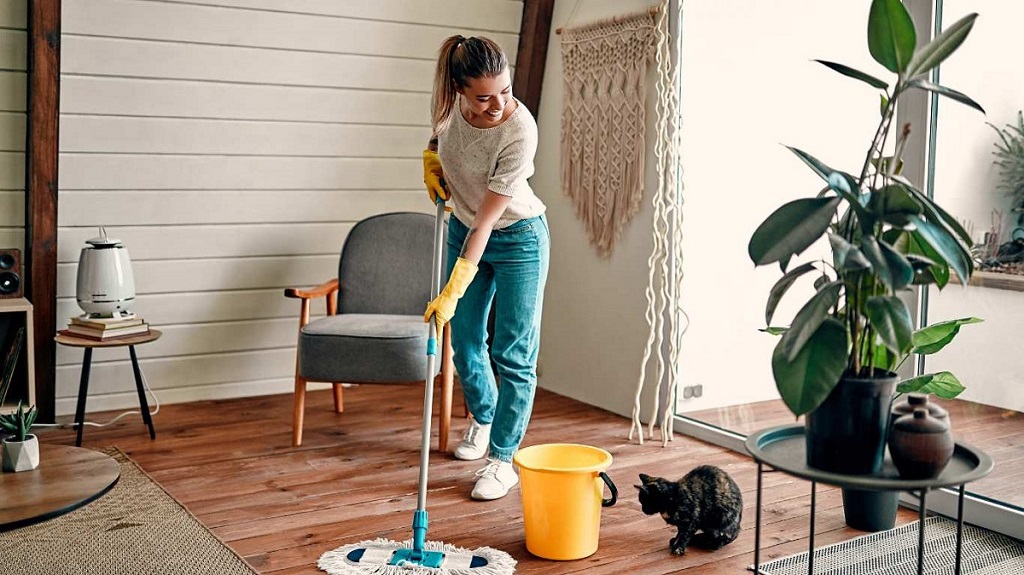So, you’ve decided it’s time for a fresh look inside your home. Painting the interior of your house can be a rewarding and cost-effective way to give your space a new lease on life. Whether you’re a seasoned DIY enthusiast or a novice with a paintbrush, this guide will walk you through how to paint your house interior.
Choosing the Right Colors
Selecting a Color Palette That Reflects Your Style
The first step in any successful interior painting project is selecting the right colors. Consider the mood you want each room to convey. Soft, neutral tones can create a calming atmosphere, while bold colors can add a touch of vibrancy. When choosing a color palette for your home, it’s important to find one that really speaks to you.
One way to do this is to look at color swatches and gather inspiration online. You can find a variety of color combinations to choose from, and you may be surprised at what catches your eye. For example, if you’re looking for a warm, inviting feel, consider using cherry wood paint as a base color. This rich, deep hue pairs beautifully with a range of other colors and can give any room a cozy, welcoming vibe.
Gathering Your Supplies
Essential Tools and Materials You’ll Need
Before you dive into painting, make sure you have all the necessary supplies. You’ll need paint, brushes, rollers, painter’s tape, drop cloths, trays, and a ladder. Having all these items ready will save you time and frustration during the painting process.
Preparing the Space
Clearing and Protecting Your Room
To ensure a smooth painting process, prepare your space by moving furniture to the center of the room and covering it with drop cloths. Use painter’s tape to protect trim, windows, and baseboards from accidental paint splatters.
Prepping the Walls
Filling Holes and Sanding Surfaces
Inspect the walls for any holes or imperfections. Fill them with spackle and sand the surfaces once dry. This step will create a smooth canvas for your paint and help achieve a professional finish.
Priming the Walls
Why Primer Matters
Applying a coat of primer before painting is essential, especially if you’re painting over a dark color or covering stains. Primer helps the paint adhere better and provides a consistent base for your chosen color.
Painting Techniques
Using the Right Brush Strokes
When it comes to applying paint, use smooth and steady brush strokes. Start from the top of the wall and work your way down, maintaining a wet edge to avoid visible brush marks. For larger areas, consider using a roller for a more even finish.
Layering the Paint
Achieving Depth and Texture
To add depth and texture to your walls, consider techniques like color layering or adding a decorative finish. These techniques can give your room a unique and personalized look.
Dealing with Mistakes
Fixing Paint Drips and Smudges
Mistakes happen, even to the most experienced painters. Don’t panic if you accidentally smudge or drip paint. Keep a damp cloth on hand to clean up any errors promptly.
Allowing Proper Drying Time
Patience is a Virtue
Remember, patience is key. Allow each coat of paint to dry completely before applying the next one. Rushing this step can lead to uneven coverage and a less-than-perfect end result.
Adding Final Touches
Reinstalling Fixtures and Inspecting Your Work
Once the paint is dry, remove the painter’s tape and carefully reinstall any fixtures or hardware you had removed. Take the time to inspect your work, touching up any areas that might need a little extra attention.
Conclusion
Painting your house interior might seem like a daunting task, but with the right approach and a bit of patience, it can be an incredibly rewarding experience. The transformation of your living space can have a significant impact on your daily life, creating a cozy and visually pleasing environment for you and your family to enjoy.
FAQs
- Can I skip using primer before painting?
While it’s possible, using primer helps achieve a smoother and more durable finish, especially if you’re making significant color changes.
- How long should I wait between coats of paint?
Aim for at least 2-4 hours of drying time between coats, depending on the paint type and humidity levels.
- What should I do if I’m not satisfied with the color after painting?
If the color doesn’t meet your expectations, you can always repaint the room with a different shade. Keep a small sample of the paint you like to ensure a closer match.
- Is it necessary to hire a professional for interior painting?
While hiring a professional can ensure a flawless finish, painting your interior is a manageable DIY project with the right preparation and care.
- Can I use the same paint for all rooms in my house?
Yes, you can use the same paint throughout your home, but consider the lighting and purpose of each room when selecting colors. Different spaces may benefit from different color palettes.








